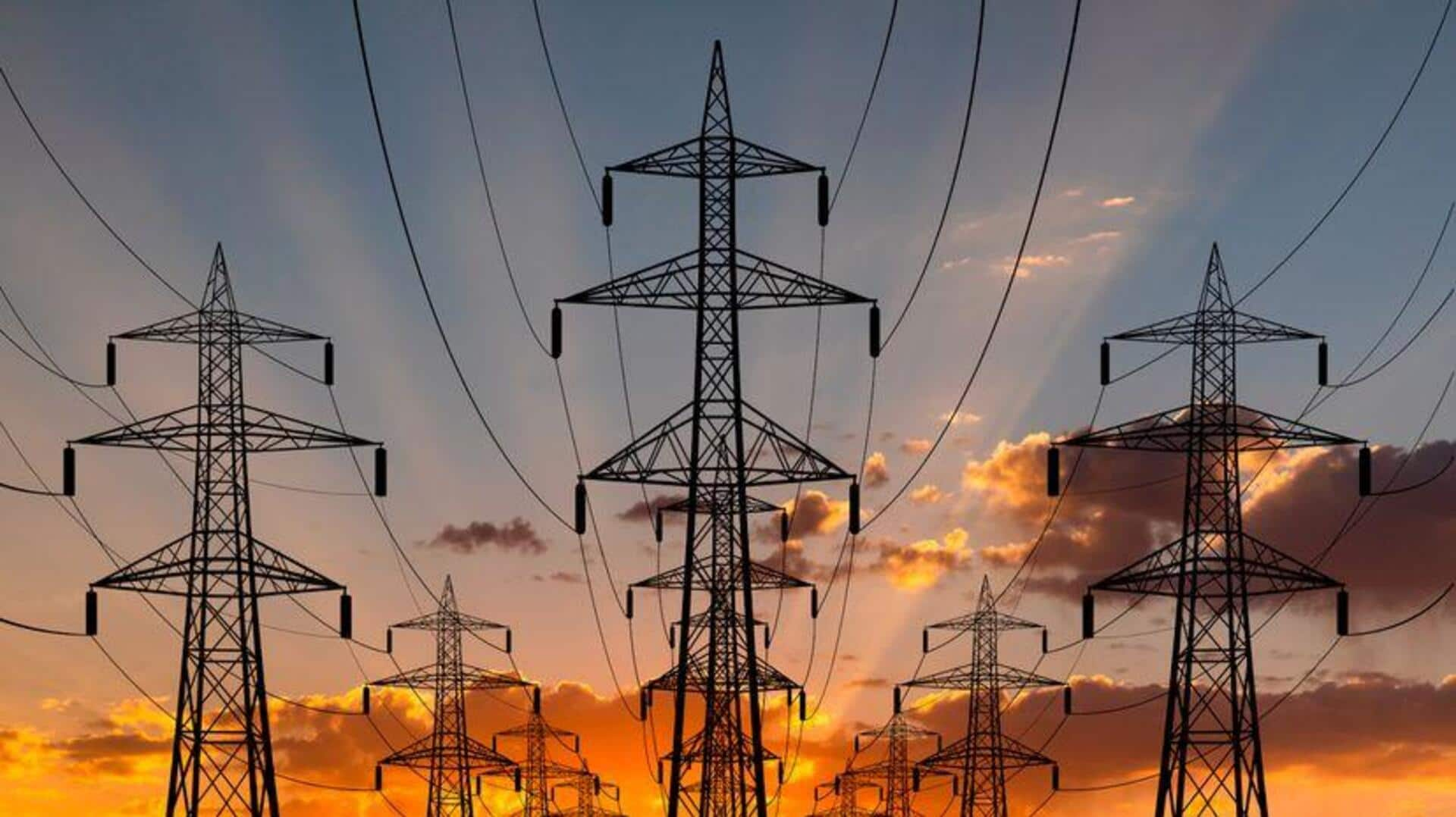
India's electricity use sees 1st drop since 2020: Here's why
What's the story
India's electricity demand has witnessed a nearly 1.5% decline in the April-June quarter, the first drop since the COVID-19 pandemic in 2020. The Central Electricity Authority's data showed total demand during this period was 445.8 billion kWh. This is the first quarterly contraction in four years, as per calculation by Bloomberg News. The decline in electricity demand has been attributed to a cooler summer, which resulted in less use of air conditioners and other energy-intensive appliances.
Seasonal impact
Cooler summer leads to reduced demand
Typically, India's electricity demand peaks during the summer months when temperatures soar. However, this year's milder conditions meant that there was no surge in peak demand. If the maximum load remains below last year's 250GW, it would be the first annual drop in peak demand in at least two decades.
Planning challenges
Erratic demand pattern complicates long-term planning
The change in electricity demand has raised concerns among government officials and industry players alike. The growing impact of climate variability on power consumption is making it difficult to forecast future usage and plan infrastructure investments. This erratic demand pattern complicates the long-term planning for generation and capacity, posing a challenge for India's energy ecosystem.
Generation shift
Coal-fired power plants most affected
Coal-fired power plants, which usually account for nearly 75% of India's electricity supply, have been most affected by the decline in demand. Coal power output fell by 7% during the quarter and the average plant load factor dropped to 69.6%. In contrast, nuclear and hydropower generation rose. Renewable energy sources saw a sharp rise with power generation surging by around 23% during April and May.
Market impact
Electricity markets also impacted
The slowdown in electricity demand has also impacted electricity markets, with spot power prices falling close to pandemic-era lows. This further highlights the broader impact of this seasonal cool-off on India's energy landscape.